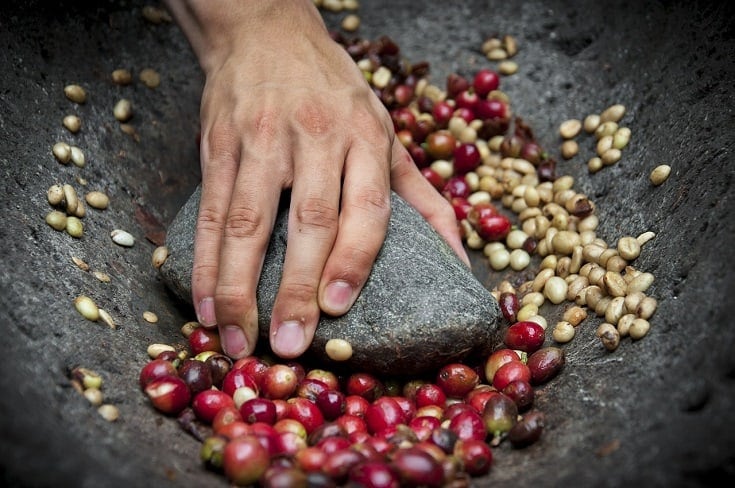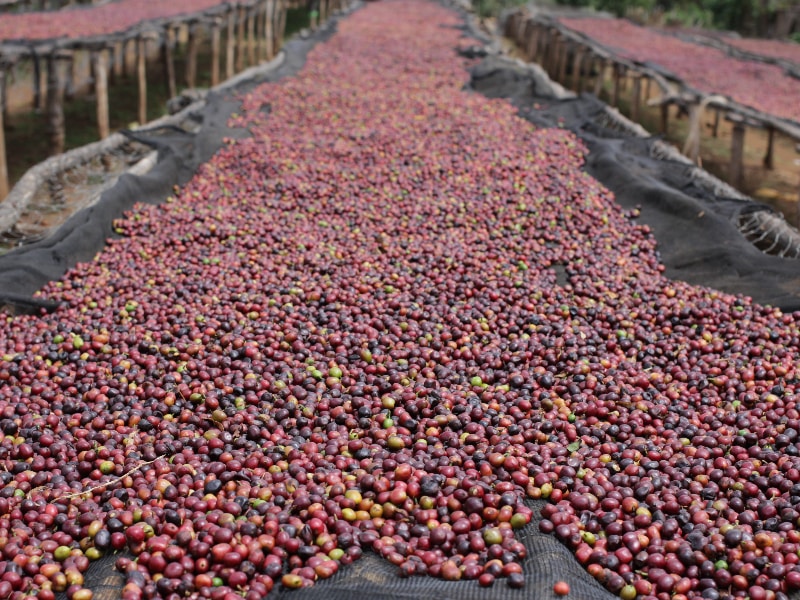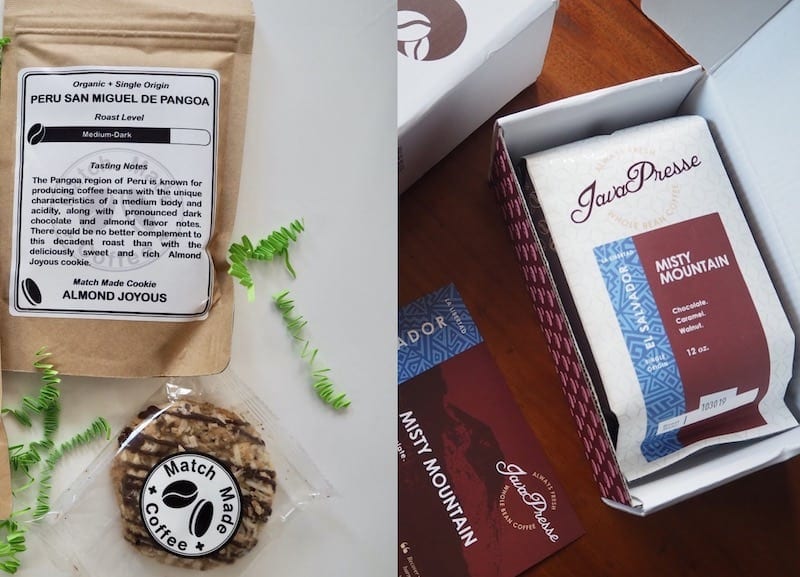
Imagine for a moment that you are a coffee farmer. It’s time for the harvest, and after a hard day’s work, you are now looking at a fresh batch of ripe coffee cherries. What do you do now? The coffee certainly isn’t ready to be sold in this raw state; it needs to be processed first. You could leave the fruit to dry for a while before extracting the bean, or you could de-pulp the bean immediately and then dry the coffee. How do you decide?
Unless you are a coffee farmer, this question is purely hypothetical, of course, but it is interesting, nonetheless. In this article, we are going to teach you how coffee is processed. There are many steps coffee beans have to take to make it from the tree into your mug. How the coffee is processed after it’s harvested is one of the most important factors determining how your coffee ultimately tastes.

Wet Processed Coffee

Wet processed coffee, often called washed processed coffee, is the least natural and most heavy-handed approach to processing coffee. The wet processing method strives to remove the fruit and all residual pulpy plant matter from the coffee cherry, leaving only the coffee bean.
Washed processed coffee is highly sought after among coffee enthusiasts because it gives the purest coffee experience, reflecting the coffee farmer’s hard effort. A lot of attention and thought goes into cultivating coffee, from choosing an optimal environment to build the farm to the soil’s nutrient content. By removing the fruit, washed processing gives customers access to the intrinsic flavor of the coffee.
Dry Processed Coffee (Natural Process)

On the contrary, dry processing, sometimes called natural processing, is the complete opposite of wet processing. Instead of removing the fruit from the seed, dry processing leaves the coffee cherry in its natural state, allowing the cherry and bean to dry together.
This approach has a significant advantage over washed processing: it’s easier. Dry processing requires less setup and effort since the coffee cherries are harvested and processed without any intermediate steps.
While less processing effort is an attractive feature of dry processing, there is a major drawback compared to wet-processed coffee. By leaving the cherry attached to the seed, dry processing allows the coffee bean to absorb sugar and flavors from the fruit. At first glance, that might sound like a good thing, but the problem is that the underlying flavor the farmers worked so hard to emphasize gets lost behind a wall of sweetness.
What’s more, dry processing is far more inconsistent than washed processing. Not all coffee cherries are the same size and consistency, meaning they dry at different rates. Every batch of coffee is different since it is impossible to control how the coffee cherries dry.
We should note that the best dry-processed coffees are delicious and flavorful, packed with fruity, sugar flavors. Dry processing is regarded as inferior by most of the coffee community due to its inconsistency and masking effects, not because it tastes terrible outright.
Dry (Natural) Processed Coffee We Recommend:

One of our favorite natural processed coffees this year is Volcanica’s Kenya Natural, a delicate light roast with complex notes of fruit, chocolate, and spice. These single-origin beans come from one of Kenya’s oldest coffee farms, Ruera Estate, located at 5,173 feet of elevation on a high plain. These coffee beans arrive perfectly roasted with a powerful, fruity aroma. If you want to try a great natural processed coffee, take a look!
Honey Processed Coffee

You might be wondering if there is a middle ground between dry and wet processing that tries to strike a balance between the two and reach a best-of-both-worlds happy medium. There is, and it is called honey processing.
Honey processing removes more of the cherry than dry processing but doesn’t remove it entirely like washed processing. There are degrees of honey processing categorized by how much plant matter is left. In general, the more cherry left attached to the seed, the closer to dry processing the result, while the beans get closer to washed processed coffee as more of the cherry is removed.
Honey processed coffee is noticeably sweeter than washed processed coffee but not as aggressively sweet as natural-processed coffee. Many people herald honey processing as the best method of processing coffee, allowing some of the intrinsic flavors through but adding complex fruity notes.
Which is Right For You?
If you have the opportunity to choose between buying wet, dry, and honey-processed coffee, which should you pick? In an ideal world, trying one of each style side-by-side would be the best way to learn firsthand the practical differences between each processing method. In reality, you probably don’t want to splurge for three bags at once, especially if there’s a chance you won’t like one or two of them.
As a general rule, choose washed processed coffee if you are interested in trying a single-origin coffee and want a representative example of that region’s flavors. Washed processed coffee will give you the best opportunity to see how the unique features of an origin manifest in your cup.
On the other hand, if you are curious about dry or honey processed coffee, you should, of course, not be dissuaded by purists telling you those methods are inferior. Contrary to what single-origin enthusiasts might tell you, naturally processed coffee can be delicious and flavorful in a completely different way than washed processed coffee. If you opt for a dry or honey processed coffee, expect bold, robust fruity notes with high sweetness.

Coffee Processing: Final Thoughts
Coffee processing can be confusing, but we hope this guide has given you some new insight into how coffee goes from the branch to the bag. How coffee is processed plays a tremendous role in determining the final taste, and choosing a particular processing method that aligns with your expectations is important if you want to get the most out of your coffee.
SEE ALSO: Where Do Coffee Beans Come From? The Seed to Cup Process
Featured Image Credit: carllilo3070, Pixabay















